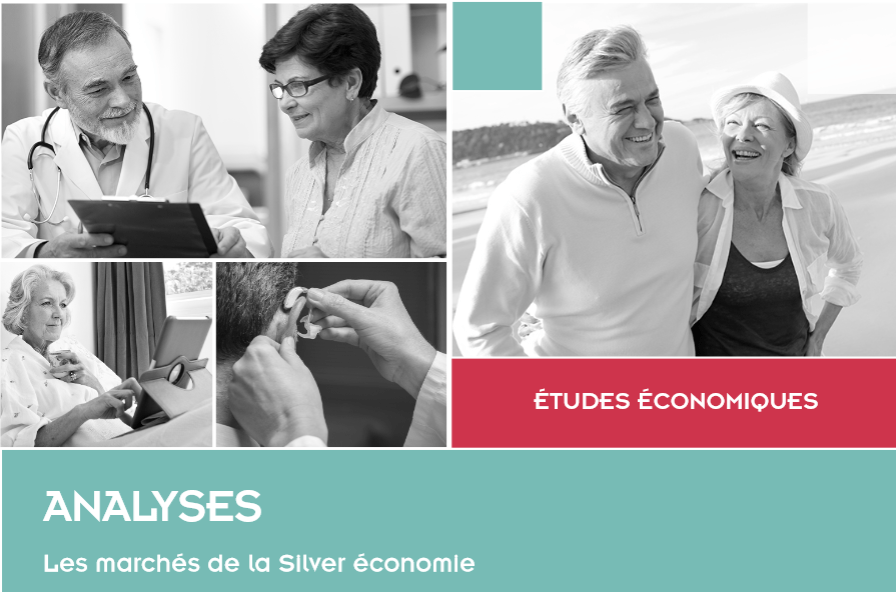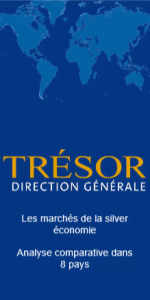French General Directorate of Treasury published a study regarding the different market sectors of Silver Economy, on behalf of the General Directorate of Companies (DGE). The study was realized with the participation of the Counselors of French Embassies for social affairs in the 8 different countries analyzed in the report. The main purpose of the study is to outline the panorama of the Silver Economy markets at international level.
To do so, 8 countries were reviewed in detail: Germany, Brazil, China, South Korea, Italy, Japan, the United Kingdom and Turkey.
The Silver Economy Industry Contract was signed in France in December 2013. Its 3rd section the expertise is dedicated to “exporting the products and technology of the Silver Economy abroad”. This study comes as an answer to this section, by proposing an analysis of local international markets, in order to ease the positioning of the French companies offering.
Evaluating the needs and devices within specific country parameters
The study was conducted with a questionaire for each country, in order to “evaluate their needs, according to their own demographic specificities and measures taken to meet elderly people needs; to identify the technological solutions and services already available; and finally to spot national actors that can help companies enter the local market (communities, insurance companies)”.
The Silver Economy international questionnaire
Q1 – Which are the main characteristics of the elderly people market ?
Q2 – Has the country developed a national public policy for older people needs?
Q3 – Has the country implemented home care services for dependent elderly people? what’s the nature of the involved organisations: national/local, public/private?

Q4 – Are there any solvency of public or collective needs regarding assistance matters for the elderly people? At which level are the decisions taken: city’s social service, regional social service or local insurance offices?
Q 5 – Are local collectivities launching new offers concerning services to individuals or adapting elderly’s houses?
Q 6 – Has the country developed a technological offer regarding home assistance: teleassistance, a panel services? Which percentage of old people really attend this type of services?
Q 7 – Has the country a particular type of specialised residence to accomodate the elderly? What is the proportion of elderly people who live in these types of accommodations?
Q 8 – How are the actors of this market segment organised: industry contract, federations or none? How are the leaders on the Silver Economy market? Point out mainly the business actors in teleassistance and domotics.
Q 9 – Are there any norms, standards or patterns to follow? Which would be the monetary or non-monetary barriers that could slow down the penetration of French products and services on the local market?
Q 10 – Are there any exhibitions or Forums dedicated to Silver economy?
The study’s conclusion outlines the interest and the acknowledgement of the challenges implied by the Silver Economy on a worldwide scale. However, there are geographical disparities concerning the application and the proposals of national action plans. This study proves the interest of French actors of the Silver Economy to export their skills and know-how across national boundaries.
Brazil still has difficulties foreseeing their own demographic transition, China on the other hand is taking the lead with their new public politics regarding elderly home care. Japan, which has the oldest population in the world, announce their wish to recruit foreign work force, trained in care for dependent persons.
Download the Silver Economy Markets Study ( in French)
Published by the Editorial Staff on

